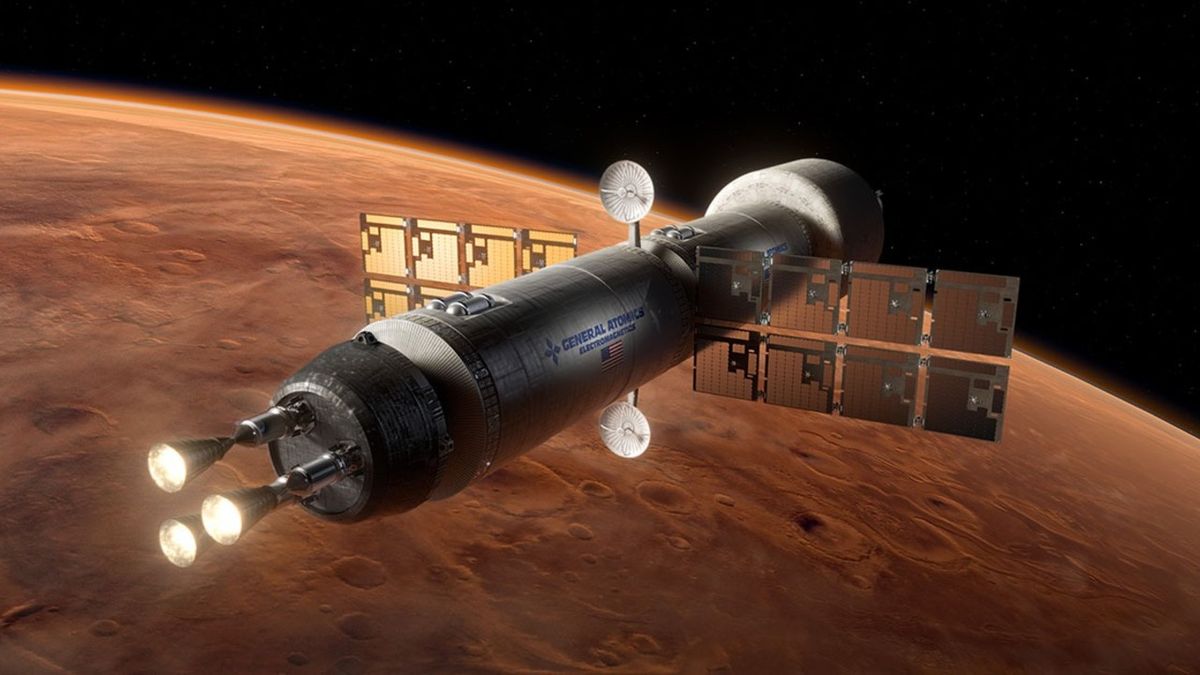General Atomics and NASA Advance Nuclear Thermal Propulsion for Deep Space Missions
Key Ideas
- General Atomics, in collaboration with NASA, successfully tested new nuclear thermal propulsion (NTP) reactor fuel at NASA's Marshall Space Flight Center in Alabama.
- The tests confirmed the fuel's ability to withstand extreme conditions of space, bringing us closer to utilizing safe and reliable NTP for cislunar and deep space missions.
- NTP rockets could potentially operate two-to-three times more efficiently than current rocket engines, enabling faster transit times and reducing risks for astronauts during deep space missions.
- NASA and DARPA are working on a nuclear thermal rocket engine project, aiming to launch a demonstration for a crewed spacecraft to Mars as early as 2027.
General Atomics Electromagnetic Systems recently collaborated with NASA to conduct crucial tests on new nuclear thermal propulsion (NTP) reactor fuel at NASA's Marshall Space Flight Center in Alabama. The tests aimed to assess the fuel's resilience under extreme space conditions. General Atomics subjected the fuel samples to six thermal cycles, exposing them to temperatures reaching 2600 degrees Kelvin, or 4,220 degrees Fahrenheit, using hot hydrogen. The successful tests indicated that the fuel could endure the demanding operational conditions of spaceflight. This development is a significant step towards harnessing safe and reliable NTP for future cislunar and deep space missions. The company also evaluated different protective features to enhance the fuel's performance under conditions akin to a nuclear reactor, marking a pioneering effort in the field. Additionally, tests conducted by NASA and General Atomics at temperatures up to 3,000 Kelvin demonstrated the fuel's efficient performance, potentially enabling NTP systems to operate significantly more effectively than current rocket engines. The faster transit times achievable with NTP rockets could mitigate risks for astronauts during long-duration space missions by reducing the need for extensive supplies and enhancing radiation protection. Looking ahead, NASA and DARPA are collaborating on a nuclear thermal rocket engine project with the goal of launching a crewed spacecraft to Mars by 2027, showcasing a promising future for deep space exploration powered by advanced propulsion technologies.
Topics
Power
Space Exploration
Space Technology
NASA
Aerospace Engineering
Nuclear Reactors
Rocket Propulsion
General Atomics
Latest News
